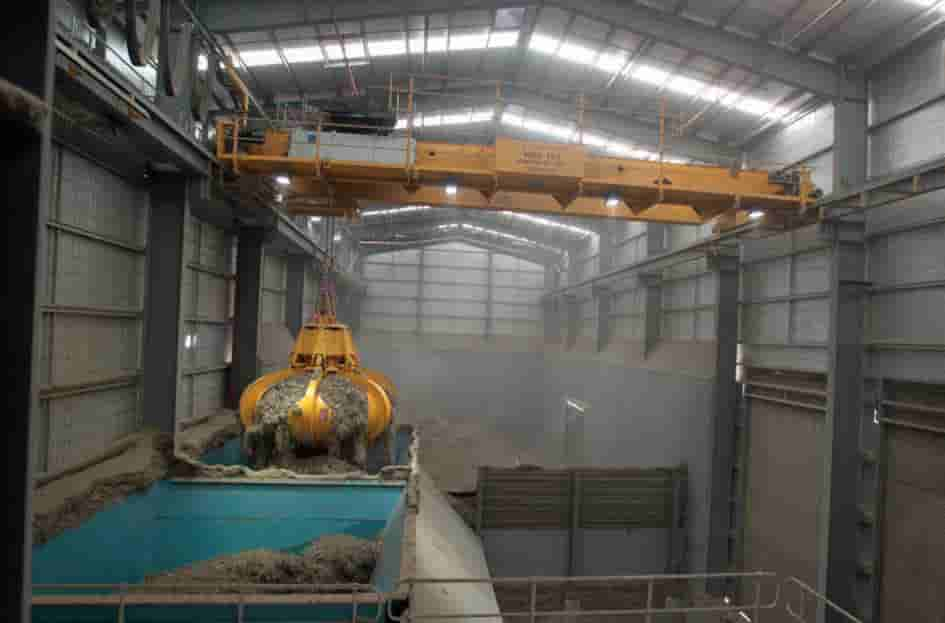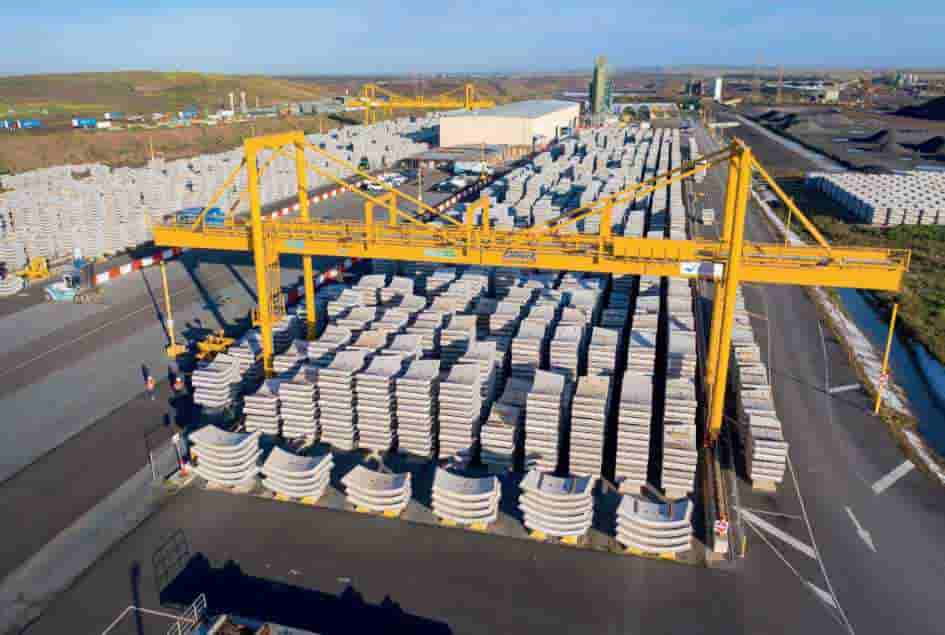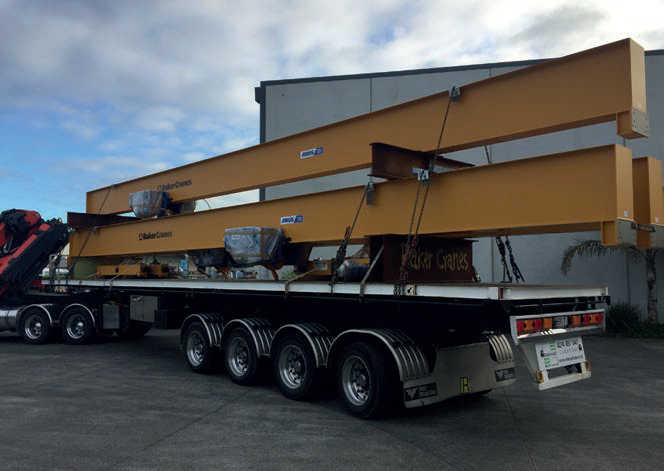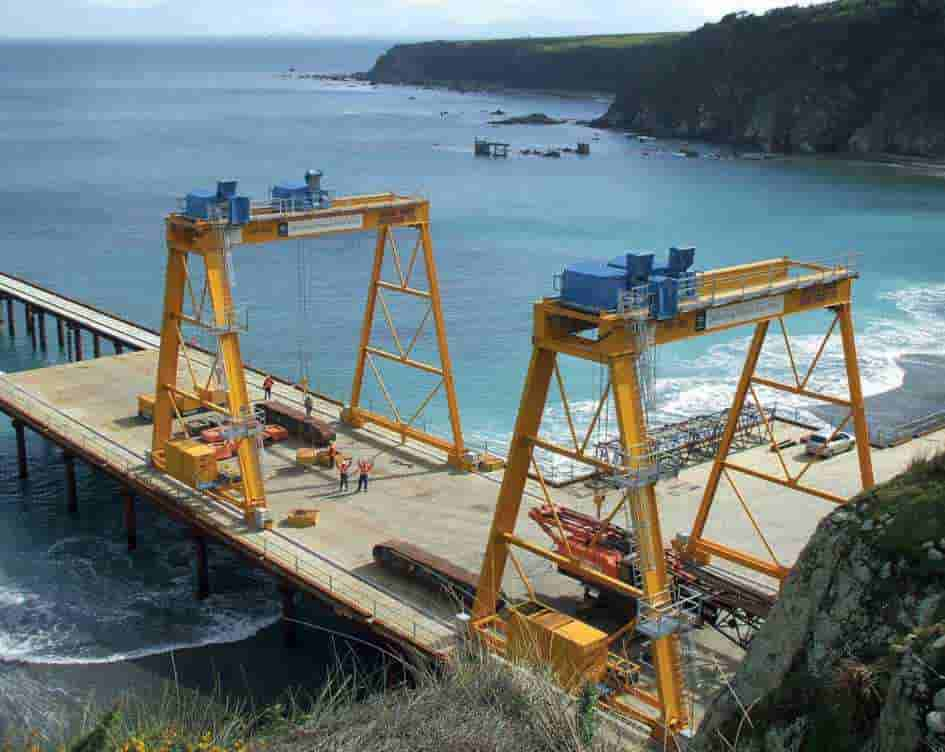Imports, labour shortages, long distances – the hoist industry in Australia and New Zealand is surviving all of these and the pandemic as well. Julian Champkin reports.
Even so, the Ibis report tells us that the number of businesses in the Overhead Crane Manufacturing industry in Australia has remained steady over the past five years. And this despite Covid, which of course has not helped: “The COVID-19 outbreak and subsequent economic recession are likely to moderately affect the Overhead Crane Manufacturing industry. Industry operators are likely to face weak demand from the manufacturing, mining and building construction markets,” – mining of course is a major consumer of lifting equipment in Australia – “but it may derive some stimulus from infrastructure construction,” says the same source.
“Life is not too bad, at the moment. Since Covid came along the government has put a lot of subsidies into business. It waived the quarterly tax bill, to pump money into the economy and business; and brought in a Jobkeeper scheme to help affected businesses: if your turnover has gone down by 30% or more they give you A$1500 every two weeks for every person you employ, to help cover their wages. It has stopped now. The last payment was at the end of March; but it kept people going. Plus, there was a A$10,000 subsidy to all companies that qualified; for me, that was a Godsend. I still had work coming in, I was quite lucky to be getting the Jobkeeper money – most months I just crept past the qualifying barrier by a few percent. That lasted for a year, and as I say it really did help. So, from the point of view of small businesses like mine the government handled the pandemic reasonably well.”
There may be long-term consequences for his business, though: “Melbourne had a very long lockdown,” he says. [At the time of writing, (early June) a lockdown extension was on the cards.] “I am in regional Victoria – that is outside the Melbourne area – where we were allowed to travel. But they closed the South Australia border, which meant I couldn’t go there to do the installation work for a good and regular customer there, who makes solar panels. So, I supplied the hoist and the gantry equipment and he installed it himself. And when he discovered how easy it was to install, on the next order he said; ‘I will do the easy parts, the installation, you just supply me with the parts.” He has had dozens of cranes and installations from me in the past. From now on it looks like it will just be the cranes.”
So, in Australia the pandemic disruption is evolving into business as usual, if a slightly different business model.
It is a similar story in New Zealand. “Baker Cranes has been busy since coming out of Level 3 lockdown in April of last year,” said Ralph Bacon, project administrator of Baker Cranes. “We believe most of the other crane manufacturers in NZ are reasonably busy also. The market is small by international standards but it is quite competitive, and there is a range of crane suppliers, from those importing whole cranes from third world countries to those such as ourselves, who import components and manufacture steelwork here. Imported cheap hoists are not too much of a problem as a significant proportion of customers seem to feel more comfortable with established brands, especially the European ones.”




没有评论:
发表评论